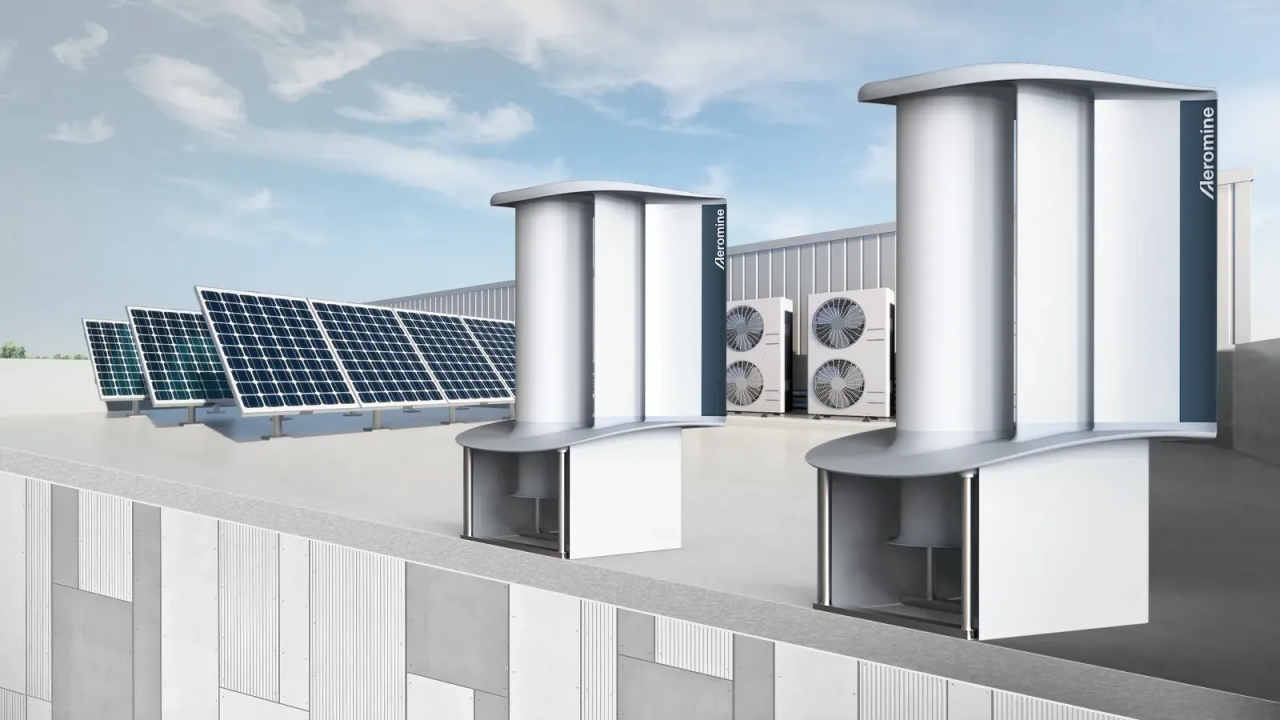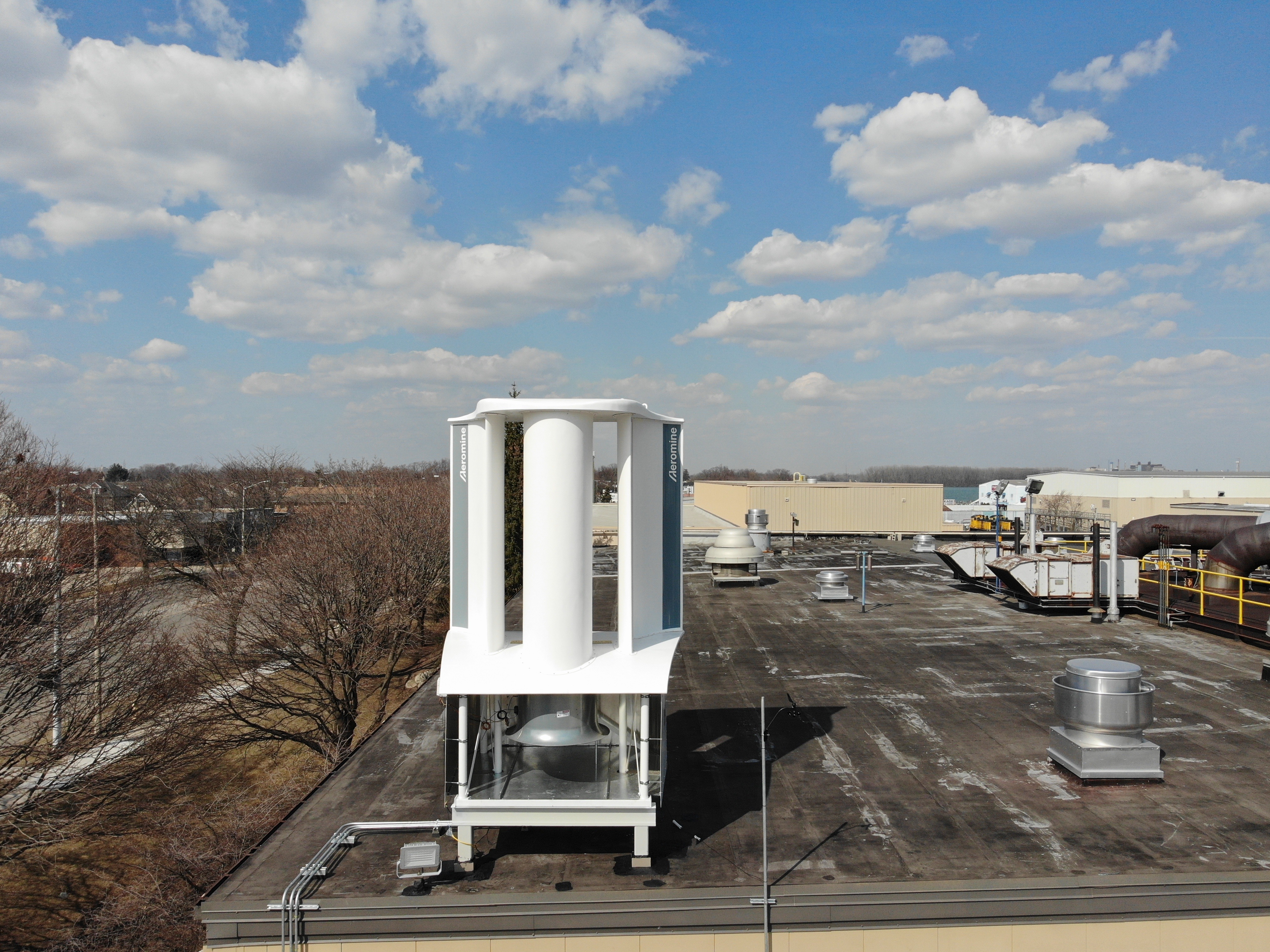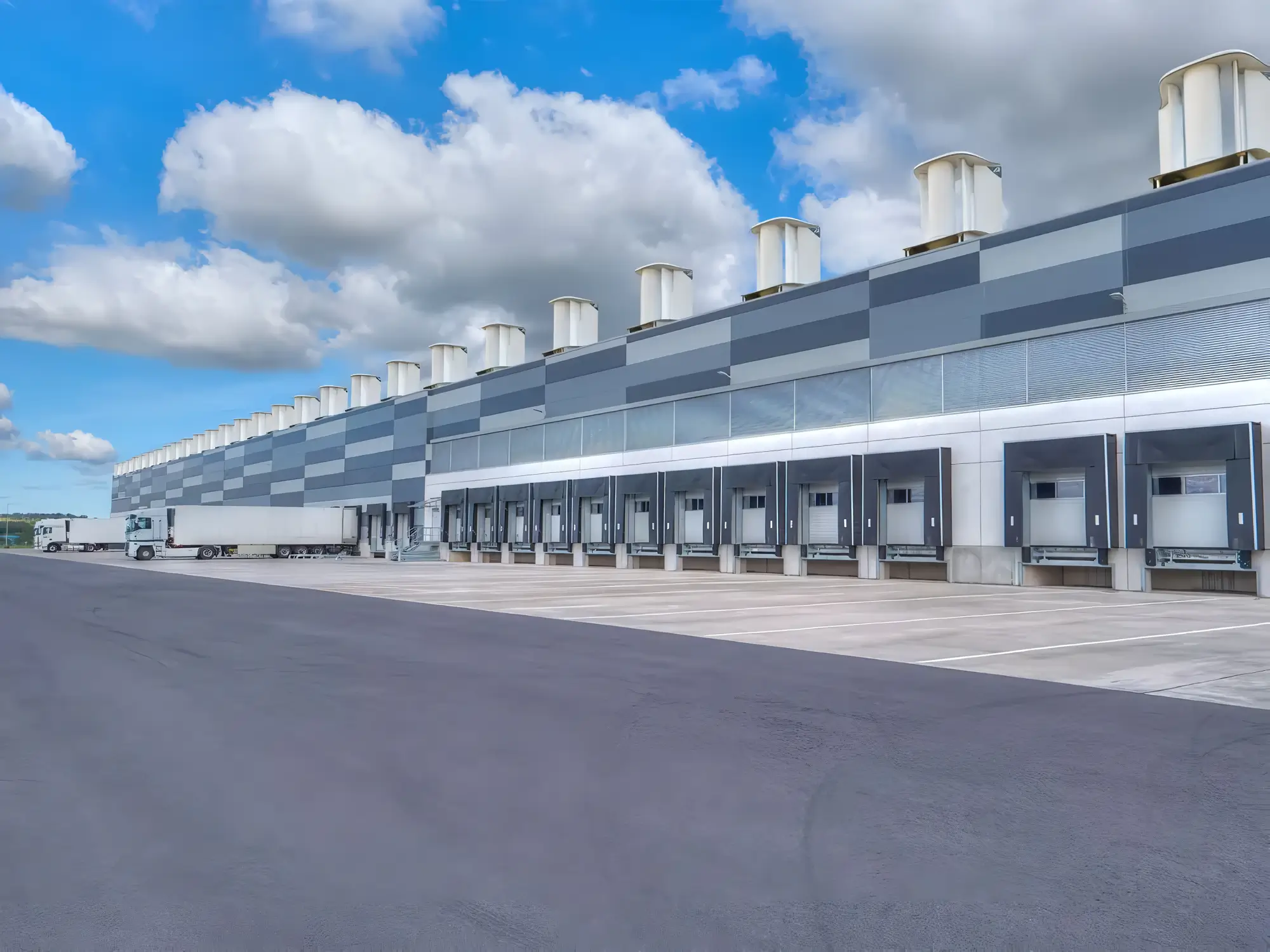July 21, 2023
By James R. Hagerty
For wind energy, bigger has long been seen as better.
Enormous blades and turbines can generate electricity far more efficiently than small ones. Vineyard Wind, a wind farm under construction about 15 miles off Martha’s Vineyard, will have 62 turbines with blades more than 300 feet long.
Now some entrepreneurs hope to prove that smaller, quieter and less conspicuous wind-power equipment can be useful too. The goal isn’t to replace the familiar large twirling blades but to supplement them with smaller-scale systems that are easier to maintain and can be installed in places where the usual wind farm wouldn’t work. Examples include units mounted along the edges of flat-roofed buildings or alongside roads, as well as mysterious-looking poles that oscillate in the wind.
Promoters of these technologies say they will extend wind power to new areas, closer to where electricity is used, and circumvent some of the regulatory hurdles created by public opposition to the noise, man-made intrusions on natural vistas and hazards for birds that are associated with larger wind projects.
Wind energy is a rapidly growing part of electricity production. S&P Global Commodity Insights projects that the share of world electricity provided by wind should grow to about 18% by 2033 from 8% now. The industry plans to add more capacity during the next seven years than it has installed over the past three decades, the research firm says.
In very windy places, a small-scale wind generator can be cost competitive with on-site solar or the price of retail power, says Aaron Barr, who heads onshore wind-energy research at Wood Mackenzie. In the U.S., smaller-scale wind-energy installations—used to power homes, businesses or communities—have a total installed capacity of just over one gigawatt, according to Barr. That compares with nearly 150 gigawatts of utility-scale wind capacity installed in the U.S., he says.
Aeromine Technologies, a startup based in Los Angeles, is testing units that capture and amplify wind that strikes the side of a building and accelerates as it flows over a flat roof. The wind passes through a pair of aerodynamic fins (akin to those on race cars) to maximize wind speed. As it passes through, the wind creates a vacuum at the base of the unit, which spins an enclosed propeller, thus generating power. The units are boxy, about 10 feet high and could be mistaken for part of the air-conditioning and ventilation equipment.
Winding Down Turbine Size
Wind energy, a fast-growing source of electricity supplies globally, typically comes from large turbines with twirling blades. Some entrepreneurs are trying to establish a niche for smaller turbines that can be installed in places unsuited for giant wind farms.
A Danish scientist, Carsten H. Westergaard, one of Aeromine’s co-founders, invented the technology seven years ago while working at Texas Tech University.
About a year ago, Aeromine installed one of its units on the roof of a BASF factory in Wyandotte, Mich., near Detroit, to help provide electric power at the plant. David Asarnow, Aeromine’s chief executive officer, says the test has been a “great experience” so far. A spokeswoman for BASF confirmed the test but declined to elaborate.
Asarnow says Aeromine is talking to owners of multifamily housing about the possibility of mounting units atop apartment buildings. The technology can be paired with solar panels and used on the roofs of distribution centers, office buildings and military facilities, among other places, he says.
Alpha 311, founded 4 ½ years ago in a garden shed in Whitstable, England, aims to install turbines along roads or railroad tracks to harvest energy from the rapid movement of nearby cars or trains. The units are cylinders about a meter (3 ¼ feet) in diameter and two meters (6 ½ feet) tall, with carbon-fiber blades inside the cylinder on a vertical axis. They could also be mounted on bridges or telecommunications towers, says Barry Thompson, chief executive of Alpha 311.
These turbines have been tested atop the O2 arena in London, and Alpha 311 has an agreement to install them on light poles along a highway in Telford, England. The company aims to begin installing them on other customer sites later this year. The turbines could power street lighting and give local governments a new revenue source, Thompson says. Alpha 311 also aims to use the units to collect data on traffic.
Vortex Bladeless, a startup based in Ávila, Spain, has developed poles of various heights, known as masts, with no blades. These masts generate power by oscillating on their bases in response to gusts from any direction.
Rodrigo Rupérez, managing director of Vortex, says the masts are being tested by various partners. Among other things, the company says, they could be used for powering individual homes or recharging electric vehicles and other devices. Vortex gets attention partly because its masts have a phallic appearance that inspires ribald comments on the internet.
These projects are vying with many other variations on wind energy, including power-generating kites being developed in Europe.
Matthew A. Lackner, director of the Wind Energy Center at the University of Massachusetts Amherst, says some of these new technologies may end up generating only small amounts of electricity. Mounting small units atop buildings, he says, is just “nibbling around the edges” of the overall need for more wind power. “What we need is a massive rollout of the really good technology we already have,” Lackner says.
Aeromine’s Asarnow says his company doesn’t claim to offer a solution to the world’s energy problems but provides a way for property owners to generate power on-site. “Aeromine might not power entire cities, but it can power entire industrial and retail locations, and contribute to carbon independence for other types of properties,” he says.
https://www.wsj.com/market-data/quotes/BASFY
https://www.wsj.com/articles/the-next-bets-for-renewable-energy-11646848262
Source: https://www.wsj.com/articles/wind-energy-power-start-ups-turbine-technology-b1083702


